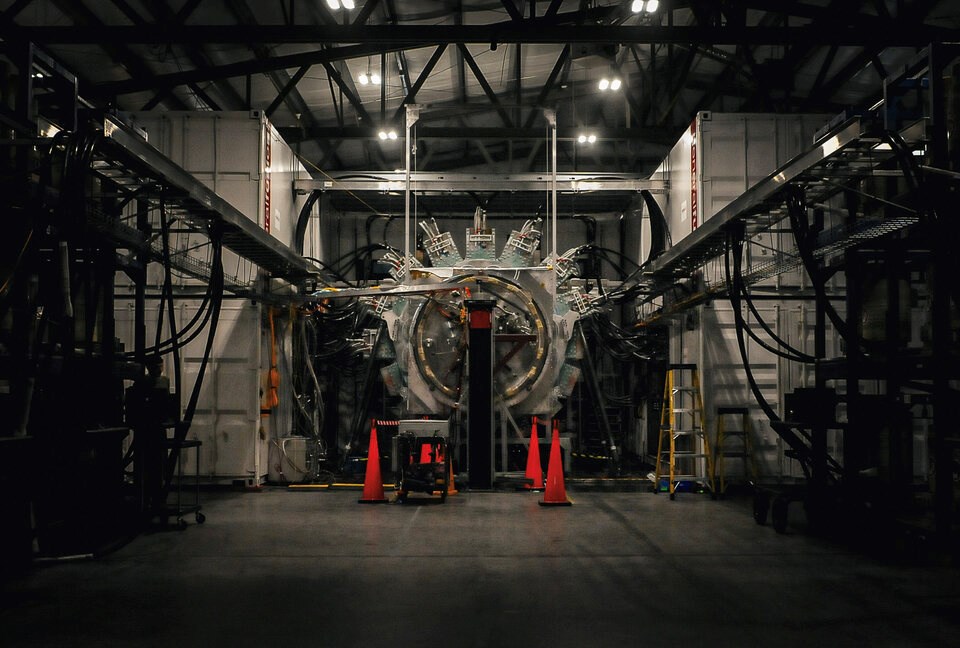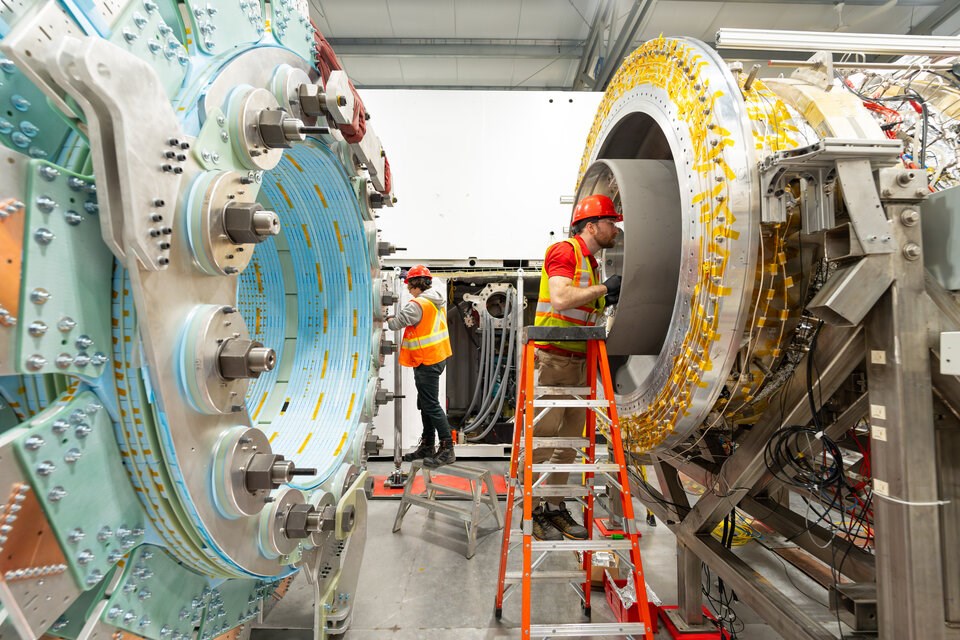A B.C. company racing to prove its fusion technology could solve the world’s energy problems has laid off more than a quarter of its workforce and scaled back experiments in its latest test reactor.
General Fusion Inc. CEO Greg Twinney said in an open letter Monday that a cooling investment climate and aggressively nationally funded fusion programs were making funding more challenging as investors and governments “navigate a rapidly shifting and uncertain political and market climate.”
“This rapidly shifting environment has directly and immediately impacted our funding,” wrote Twinney.
U.S. President Donald Trump’s multiple rounds of tariffs have thrown the global system of trade into a state of uncertainty not seen since the COVID-19 pandemic.
In an interview, Twinney told BIV that uncertainty has roiled global capital markets, and caused many investors to avoid taking the same risks they used to.
“That creates enormous headwinds for us” and “everyone out there” the CEO said.
Pace of test reactor experiments set to slow
In addition to reducing its workforce, General Fusion will slow operations of its LM26 test reactor — a half-size fusion reactor the company hopes could one day power 150,000 home.
Once proven, the company’s technology is built to rapidly scale into a power plant. It’s currently testing the creation of a superheated plasma donut inside the test reactor at its facility south of Vancouver International Airport.
General Fusion plans to raise plasma temperatures from the current four million degrees Celsius to 100 million degrees by next year.
By 2027, the test reactor is meant to prove the company’s design can release more energy than it consumes — a feat so far only achieved in high-tech government laboratories not designed to scale up the technology.
Should the LM26 machine prove successful, General Fusion claims it will need another seven years to scale up the technology into a working power plant.
“Having an operating machine that is designed to be ultimately scientific break even, and is on the path to a commercial power plant — nobody on the planet that has that right now,” said Twinney. “And [that] puts us at the front of the race.”
Twinney said the company’s current funding shortfall has so far not derailed its timeline. Last week, the CEO said the company hit a major milestone when it shot a plasma donut into a stable electromagnetic field.
“That was a massive, massive achievement for us, and gave us a huge amount of optimism for the future,” he said.
It’s not yet clear how General Fusion’s lack of funding will impact the pace of that testing.
Company needs US$125 million to meet targets
Twinney confirmed General Fusion has lost more than a quarter of its workforce, many highly skilled experts in the field who he would like to hire back if funding comes through.
To do that, and to hit its 2027 targets, the CEO said General Fusion needs to fill a US$125-million gap in funding.
Investors could include Canada’s federal government, which has poured $69 million into General Fusion since 2019. But, under Prime Minister Mark Carney’s leadership, Ottawa has been preoccupied with an election and continued threats from U.S. President Trump against Canada’s economy and sovereignty.
“We're hoping that they get re-established quickly and that we can continue dialogue with them as well, because they've been a supporter of ours in the past, in moments like these,” Twinney said.
Federal dollars have helped attract a total of $440 million in private capital to General Fusion, enough to advance a series of prototypes—including the world’s most powerful fusion plasma injector—while expanding its workforce to 120 employees before the latest cuts.

B.C.’s lobbyist registry also shows General Fusion has been in regular and recent contact with Premier David Eby and the Major Investments Office at the Ministry of Jobs, Economic Development and Innovation.
The registry notes the company is seeking funding for research and development projects.
On Monday, Eby and Energy Minister Adrian Dix announced the province is seeking to massively expand its clean energy infrastructure, including funding for made-in-B.C. technology.
Twinney confirmed the company was not currently included in the program.
To date, General Fusion has received $5 million from the B.C. government.
A spokesperson with General Fusion said a recent report from a third-party accounting firm showed the company has contributed $280 million to Canada’s GDP since 2019.
More than 85 per cent of those benefits stayed in B.C., the spokesperson said.





